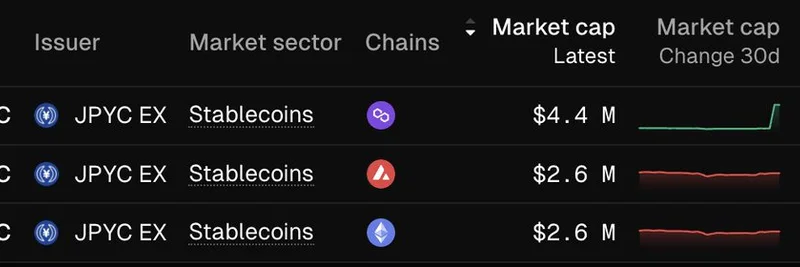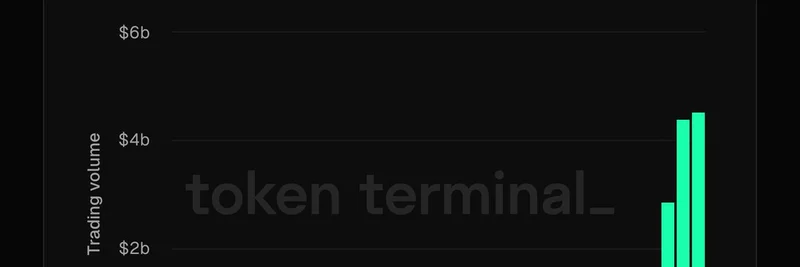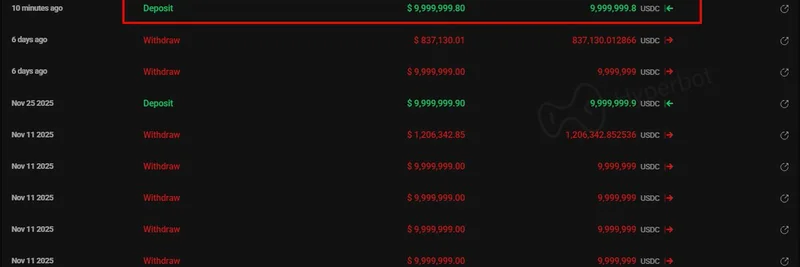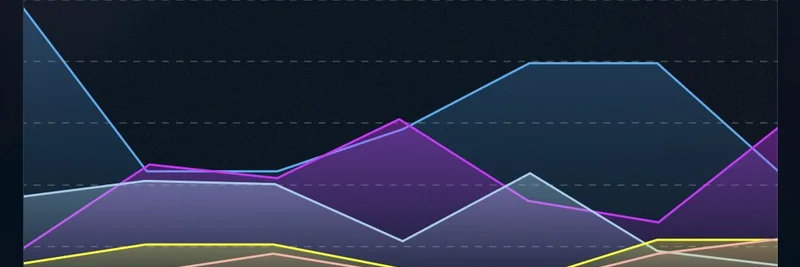If you're into the wild world of meme tokens, you know that Ethereum is still the backbone for many of them, even as layers and alternatives pop up. High gas fees and network congestion can kill the fun – and the profits – when you're trying to mint or trade the next viral cat coin. That's why the latest buzz from the Ethereum Foundation about scaling Layer 1 (L1) is a big deal. And who better to break it down than Marius van der Wijden, the new co-lead for the Scale L1 initiative?
Christine D. Kim, a well-known figure in crypto journalism (formerly at CoinDesk, fun fact), just dropped a thread on X highlighting her "Meet the Devs" interview with Marius. She's got a knack for making technical stuff accessible, and this one's packed with lore from Ethereum's early days. Let's unpack it and see why it matters for meme enthusiasts.
Who is Marius van der Wijden?
Marius is a core developer on the Geth team – that's Go Ethereum, one of the main client softwares that keeps the Ethereum network running. He's been grinding on Ethereum since his computer science days at TU Darmstadt. Recently, he stepped up as co-lead for Scale L1 alongside Tim Beiko and Ansgar Dietrichs. This role is all about pushing Ethereum's base layer to handle more transactions without breaking a sweat, like bumping the gas limit from the current 45 million up toward 100 million.
In the thread, Christine introduces Marius as the "most quotable guy" from All Core Devs (ACD) calls, where devs hash out updates. She's relied on his expertise for years, and now she's flipping the script to get his personal story.
The Journey: From Student to Ethereum Builder
The interview dives into Marius's path from academia to full-time dev work. He recounts the "crazy ups and downs" of pre-Merge Ethereum – remember The Merge? That's when Ethereum switched from energy-hungry proof-of-work to proof-of-stake in 2022, a massive upgrade that slashed emissions and set the stage for scaling.
Marius shares how testing for network forks (updates that change the rules) evolved. Early on, it was chaotic: delaying forks because testing wasn't solid. He jokes about his "biggest contribution" being abbreviating EL (Execution Layer) and CL (Consensus Layer) – terms that were always spelled out before. But seriously, he helped build robust testing frameworks like the Ethereum Execution Spec Tests (EEST), using Python to generate thousands of test cases from simple combos. This meta-programming approach ensures clients like Geth behave correctly during upgrades.
It's eye-opening stuff, showing the human side of building a trillion-dollar network. Marius felt like after The Merge, some thought the work was "done," but he's excited there's more to do. Many devs share that sentiment, sticking around to push Ethereum further.
Key Learnings and Advice for Aspiring Devs
One highlight is Marius's advice for newcomers: Jump in, but start small. Ethereum development can seem intimidating, but contributing to open-source clients like Geth is a great entry point. He emphasizes learning from failures – those pre-Merge hiccups taught the community a ton about coordination and testing.
For blockchain practitioners, especially those building or trading meme tokens, this means a more reliable network. Better scaling could mean cheaper transactions, making it easier to launch and hype memes without gas wars eating your gains.
Why This Matters for Meme Tokens
Meme tokens thrive on speed and low costs. While many have migrated to L2s like Base or even Solana for faster trades, Ethereum L1 improvements could bring more activity back to the main chain. With Scale L1 aiming for higher gas limits, we might see smoother operations for DEXs, NFT mints, and token launches – all fuel for meme culture.
Christine wraps the thread with a call to check the full interview on her Substack (christinedkim.substack.com). The clips she shared are gold, showing Marius in his element against a backdrop of books (crypto devs are readers, who knew?).
If you're building in crypto or just love the memes, follow Marius on X @vdWijden for more insights. And keep an eye on Ethereum's protocol updates – they could supercharge the next meme season.
What do you think? Will L1 scaling make Ethereum the go-to for memes again? Drop your thoughts in the comments!




